When to replace climbing shoes (and what to do with your old ones)
We walk you through when to replace climbing shoes, how to prolong their shelf life and what to do with your old pair when you’ve upgraded
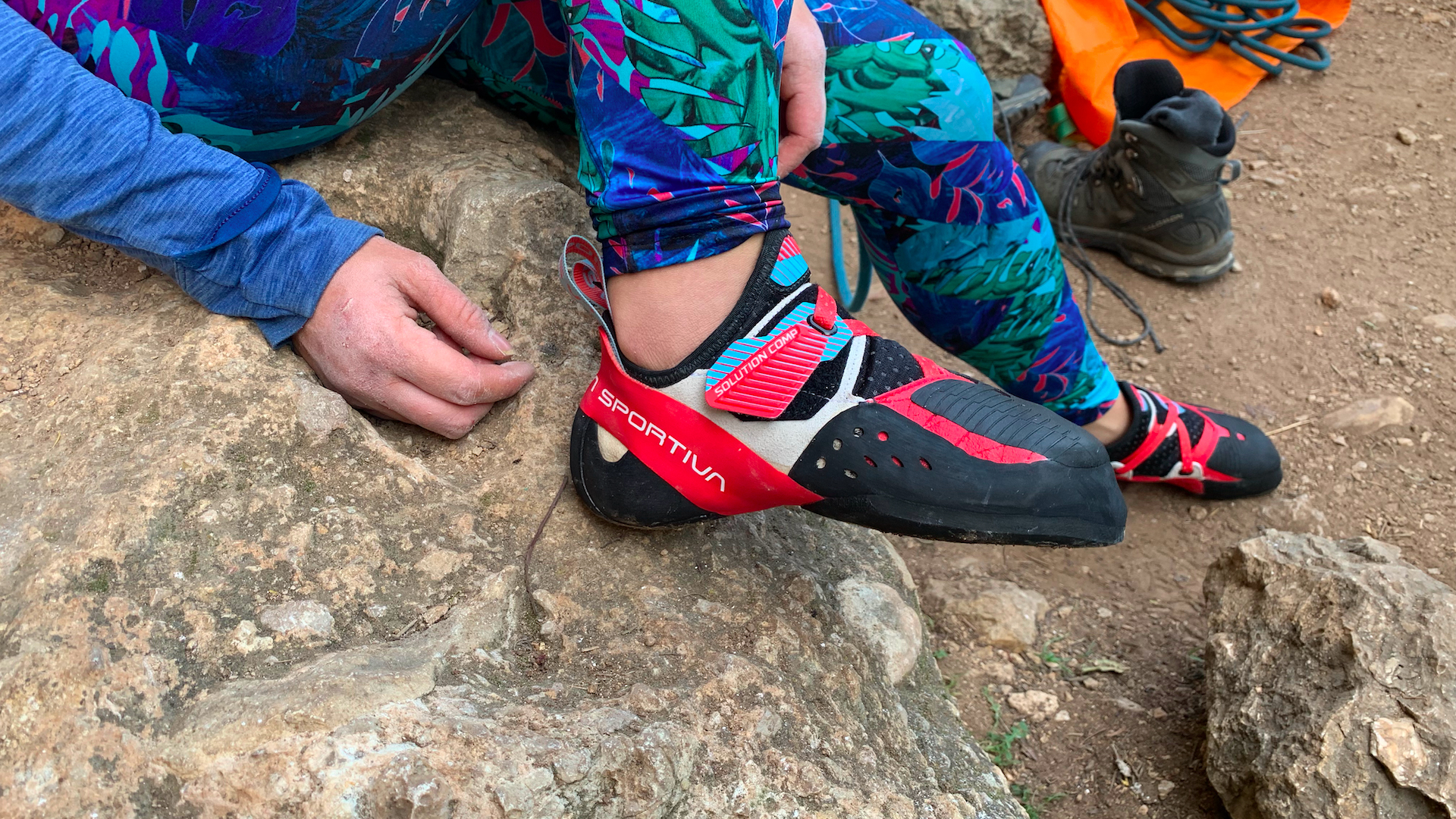
It can be hard to say goodbye to your favorite pair of climbing shoes. They’ve helped you edge across untold miles of tiny holds and solve countless problems. They’ve molded perfectly to your feet without rubbing. They’ve been good to you.
But all good things must come to an end and if your climbing shoes are starting to look a little worse for wear, you might be wondering if it’s time to replace them. But then again, any well-used pair of climbing shoes is likely to look just that – well-worn. So how do you know if it’s really time for an upgrade, or whether you can get another season out of your shoes?
To find out the answer, we caught up with Sidonie Graham, Sales, Service and Marketing Specialist with Black Diamond in the UK, one of the world’s leading climbing equipment companies, to figure out when to replace climbing shoes.
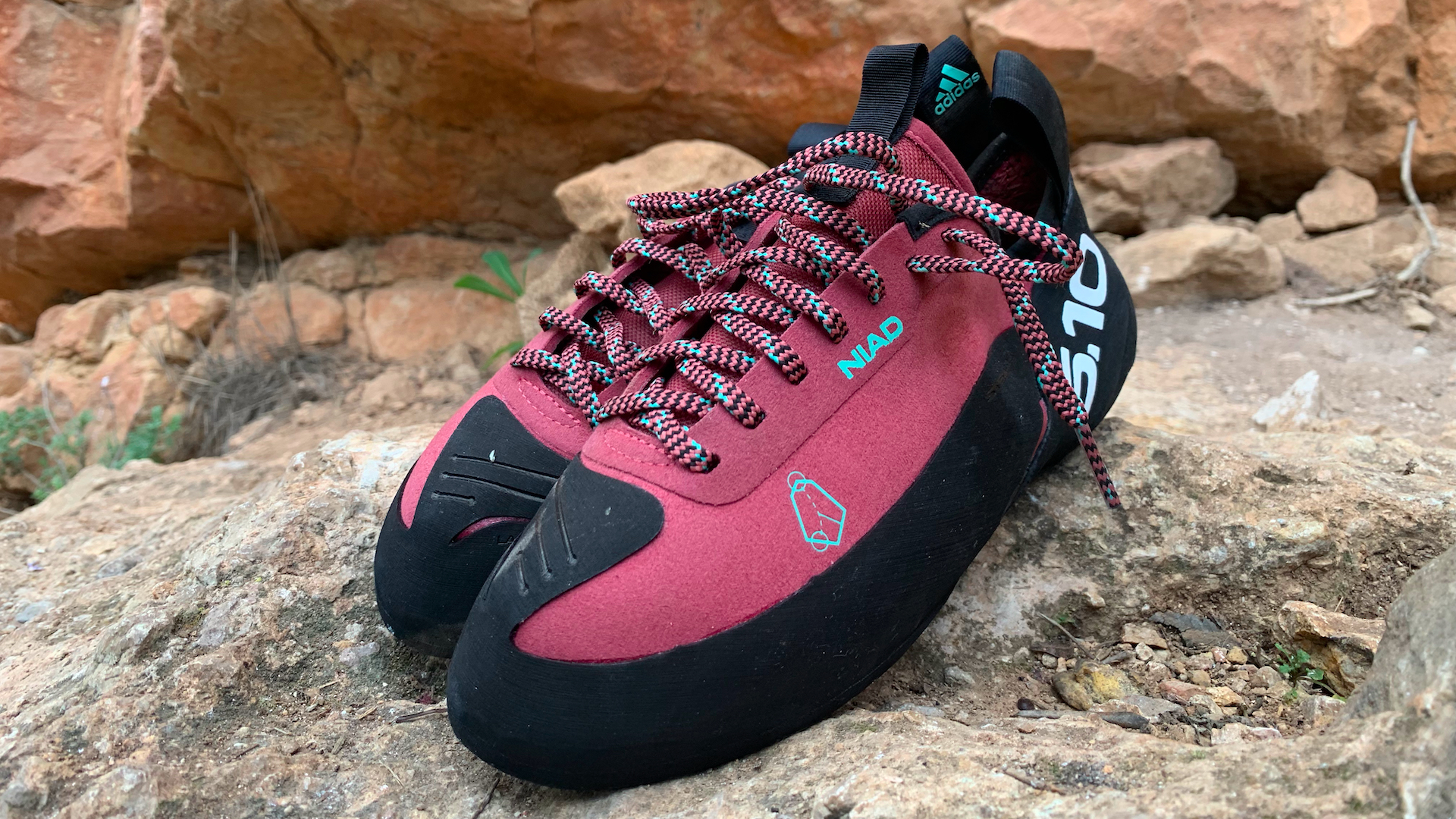
How long do climbing shoes last?
“It all depends on how often you climb, the location and how controlled you are with your feet,” explains Graham.
Naturally, there are lots of factors that will influence the life span of your climbing shoes. Climbing outdoors on abrasive rock will wear out your shoes faster than on a smooth indoor climbing wall. Using tiny foot holds and smearing on more advanced roots will put more pressure on the toe box of your shoes and wear them out faster, while mellower routes with big ledges and jugs will allow you to rely more on the soles of your feet and increase the lifespan of your shoes. Further, picking out the right type of climbing shoes for your climbing style will help prolong their life, since neutral shoes won’t hold up so well against aggressive climbing.
“I would say, for mid to upper grade climbers, climbing 2+ times per week, around 4 - 6 months. Those who just dabble could potentially go for 12+ months, although keen beginner’s with less efficient footwork can run through their rubber fairly quickly.”
It also kind of depends on what you’re willing to put up with. If you climb once a week during the summer months, you might wear the same pair of shoes for years and not worry about them losing a bit of traction until a toe pokes through, whereas if you’re climbing aggressively year-round and quite regularly, you might need a new pair every few months.
Advnture Newsletter
All the latest inspiration, tips and guides to help you plan your next Advnture!
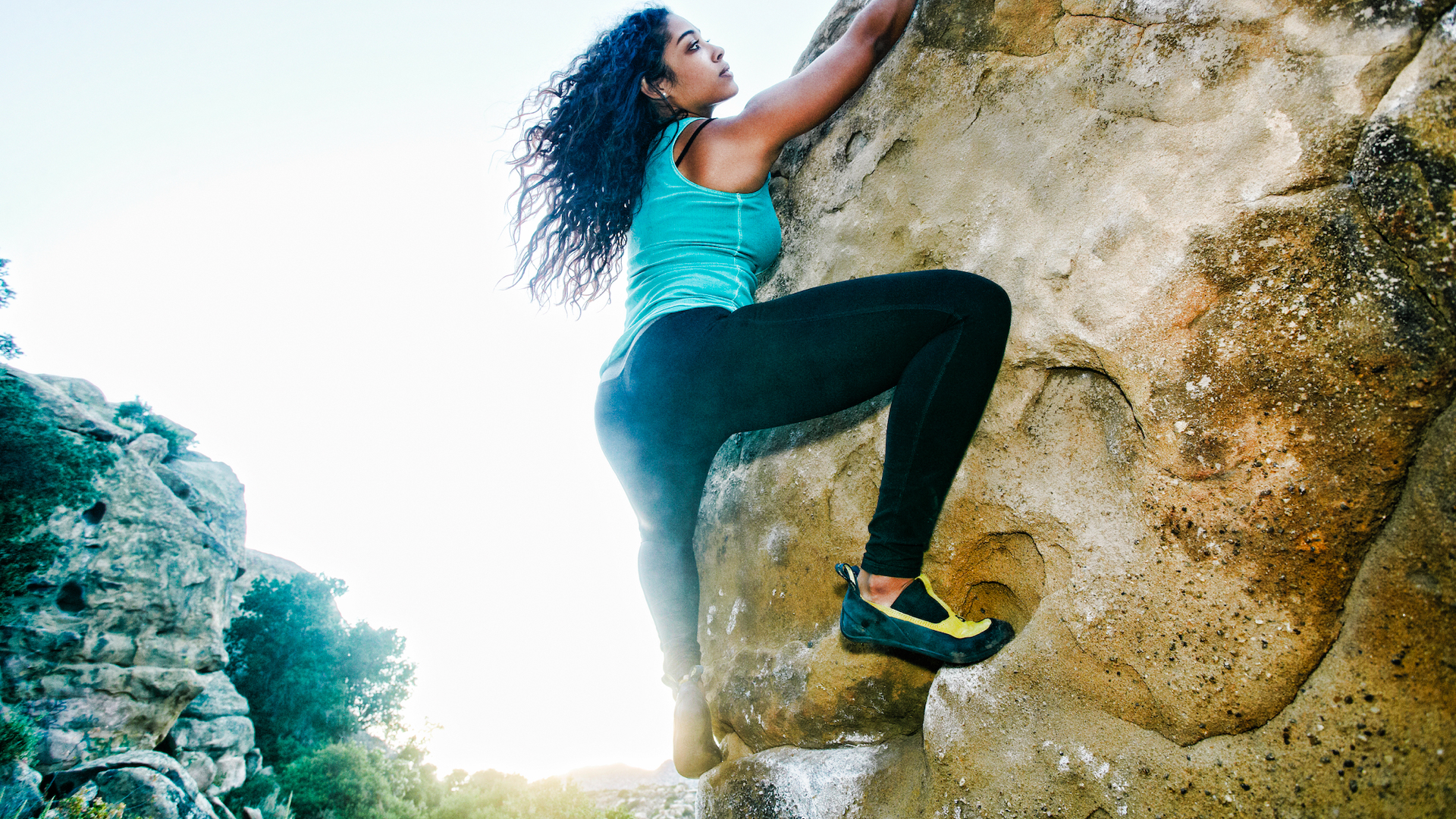
How can you prolong the life of your shoes?
Graham explains that how you climb will impact the shelf life of your shoes, while making sure they fit properly matters for more than just your comfort.
“Be positive with your feet and trust the rubber. Scrambling will wear the toe rubber down a lot faster than precision foot placements," says Graham, adding "Over tight shoes make the user focus wear in one area."
To make sure your shoes last as long as possible, you might also want to try a trick that many runners use and rotate through a couple of pairs. This is especially helpful if you climb often and on different types of rock.
"Having two pairs is also a good idea – one soft, one stiffer for different rock and hold types."
Finally, when you get home from the crag, how you store your shoes will determine whether they degrade quickly or stay reasonably fresh.
"When not climbing, ensure the climbing shoes are stored out of your climbing bag and in a well ventilated area – this will help to avoid dampness and unpleasant odors.”
Read our article on how to clean rock climbing shoes to help keep yours in good shape.
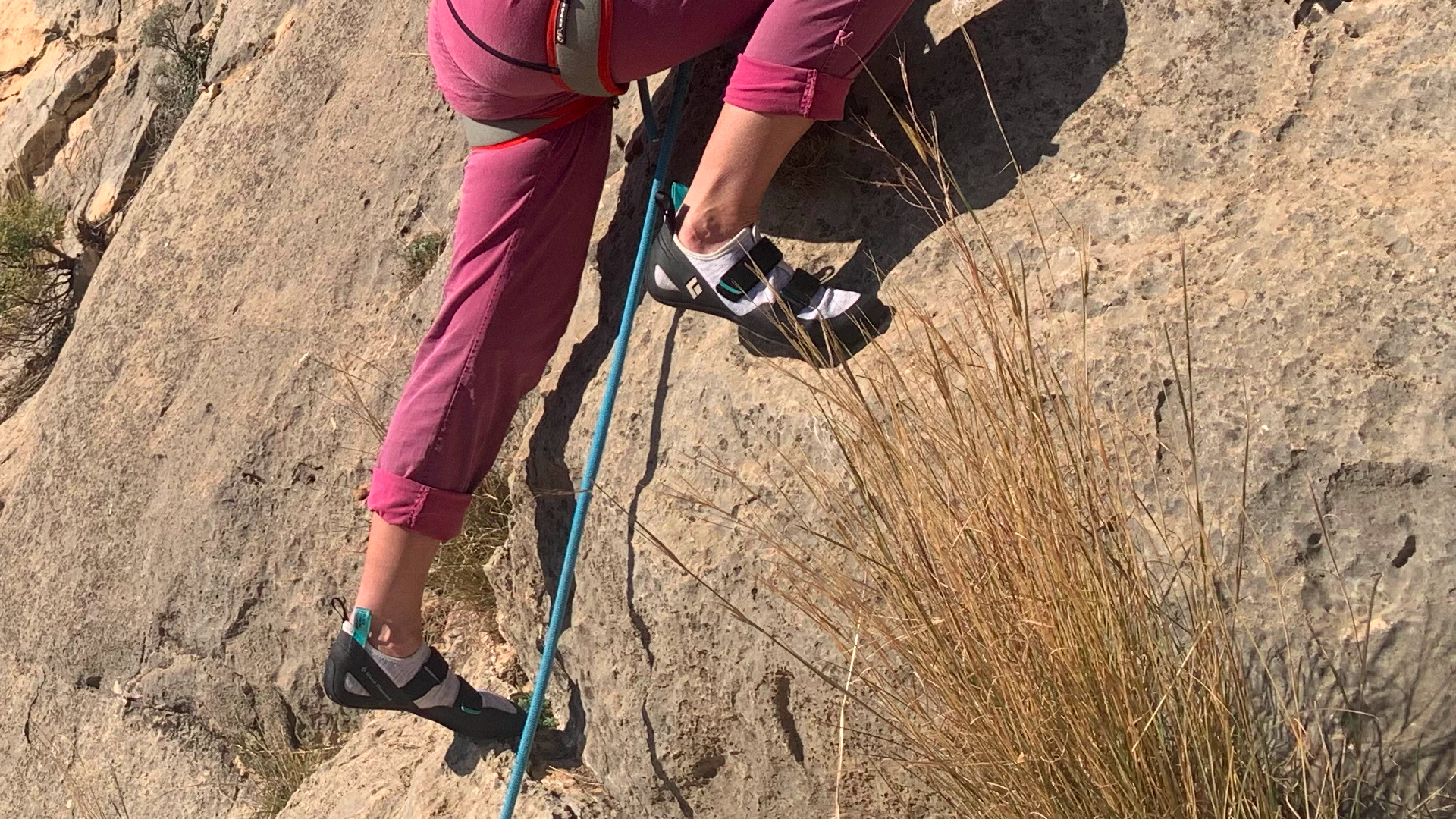
When to replace climbing shoes
Though casual climbers might understandably hang on to shoes longer than pros, Graham says there are some tell tale signs to look out for when deciding to replace your climbing shoes.
“If the last is visible anywhere on the shoe or the sole is delaminating from the upper then it’s time to retire them.
Examine your climbing shoes regularly and look out for the following signs of wear and tear:
- Smoothing and thinning of the rubber on the sole and toe box
- Loss of stretch
- Loss of shape
- Broken fastenings
Once these signs start showing, you can expect some loss of grip on smaller footholds and potentially some loss of power or precision on certain moves.
"If the shoe is no longer performing like it used to, e.g. the shoe has over stretched and no longer supports the foot, it can be frustrating to use," advises Graham.
If your shoes are otherwise in good shape and you haven’t already worn through the rand (the layer of rubber that wraps around the front of the toes and the side of the shoe) you may be able to send yours off for a resole which will breathe new life into your climbing shoe
"Climbing shoes can often be resoled before the last becomes visible, which is a cheaper and more eco-friendly option for those who would prefer it," recommends Graham.
Some climbing shoes may be able to withstand several resoles, meaning you can continue to wear them for years.
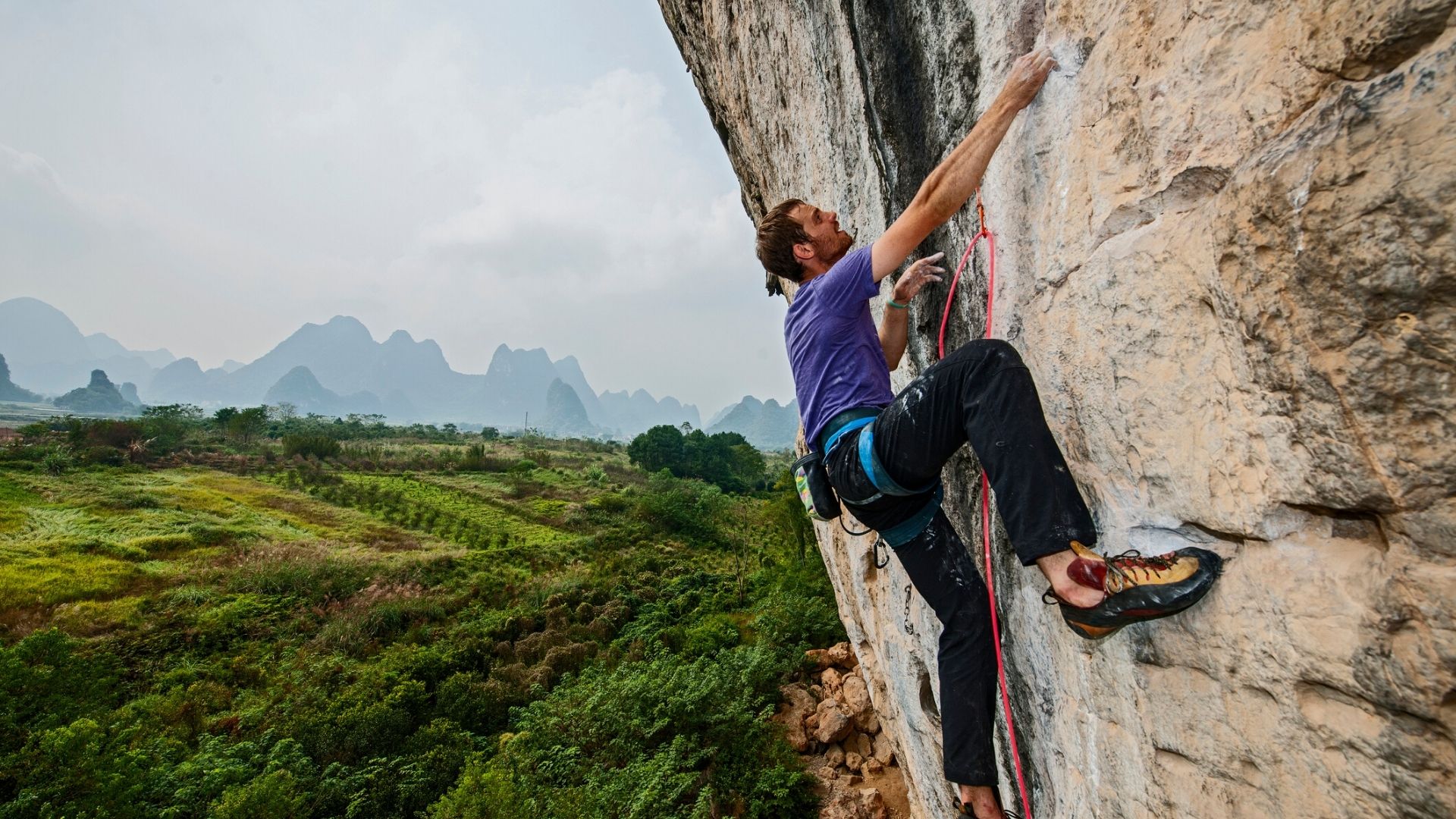
What to do with old climbing shoes
If you’ve decided it’s time to move on and get yourself some new climbing shoes, it’s ideal if you can keep your old ones out of the landfill, especially since it’s not possible to recycle climbing shoes, yet. If they’re still usable, a favorite option amongst climbers is to keep them for deep water soloing, so you don’t have to worry about the salty water damaging your new shoes. There aren’t too many other scenarios where climbing shoes are appropriate, unfortunately, though if you have a more neutral pair they might be OK for some canyoneering.
If deep water soloing isn’t your thing, consider hanging on to your shoes anyway as a backup option or for training purposes, or donating them or selling them on to a beginner climber. You can also drop by your local climbing wall to see if they have any ideas.
Barring that, you can poke some holes in the soles, fill them with soil and use them as cute planters in your garden.
Julia Clarke is a staff writer for Advnture.com and the author of the book Restorative Yoga for Beginners. She loves to explore mountains on foot, bike, skis and belay and then recover on the the yoga mat. Julia graduated with a degree in journalism in 2004 and spent eight years working as a radio presenter in Kansas City, Vermont, Boston and New York City before discovering the joys of the Rocky Mountains. She then detoured west to Colorado and enjoyed 11 years teaching yoga in Vail before returning to her hometown of Glasgow, Scotland in 2020 to focus on family and writing.

